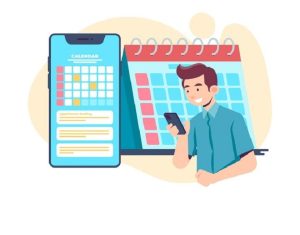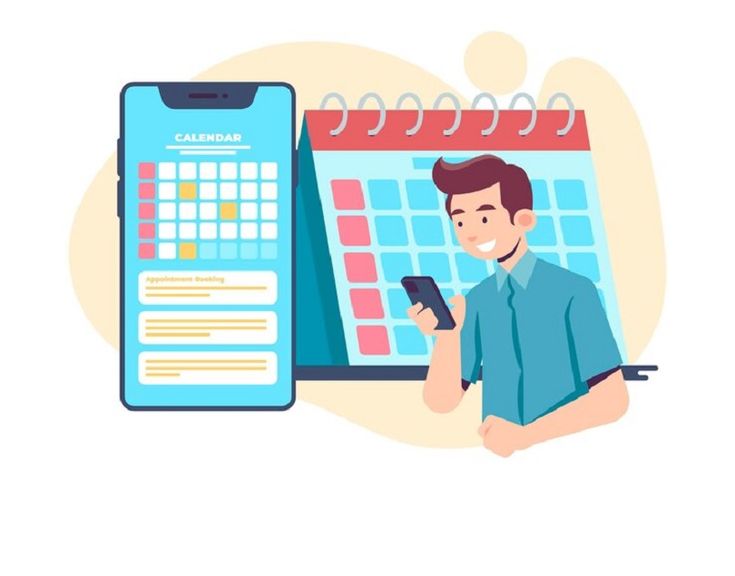In the past, attending a professional conference involved a few key steps: registering, picking up a paper agenda, and maybe exchanging a handful of business cards. Today, that model is largely outdated. Modern conferences, whether in-person, virtual, or hybrid, are increasingly complex, and attendee expectations for a personalized, efficient, and interactive experience are at an all-time high. This is why event networking apps have become an indispensable tool, transforming the way conferences are planned, managed, and experienced
Here’s why conference app are no longer a luxury, but an essential component of a successful modern conference.
1. They Drive Meaningful Networking and Engagement
The primary goal of many conference attendees is to make valuable connections. Event apps supercharge this process by moving beyond the limitations of chance encounters.
- Smarter Matchmaking: Many apps use AI and intelligent algorithms to suggest connections based on attendees’ professional profiles, interests, and stated goals. This helps professionals cut through the noise and find individuals who are genuinely relevant to their career or business objectives.
- Seamless Communication: Instead of fumbling for business cards, attendees can use in-app messaging to connect, exchange contact information, and schedule one-on-one meetings, both during and after the event. This streamlined process ensures that valuable leads and new relationships don’t get lost in the shuffle.
- Interactive Community: Apps create a digital community that extends beyond the physical event. Features like live polls, Q&A sessions, and dedicated discussion forums keep attendees engaged and allow them to interact with speakers and other participants in real-time, fostering a more dynamic and participatory environment.
2. They Offer a Personalized and Efficient Attendee Experience
The modern conference attendee wants an experience tailored to their needs. Event apps are the perfect tool to deliver this personalization.
- Customizable Agendas: Attendees can browse the full schedule and build their own personalized agenda, bookmarking the sessions and workshops that matter most to them. This ensures they don’t miss out on key content and can navigate multi-track conferences with ease.
- Real-Time Updates: Apps serve as a centralized hub for all event information. Organizers can send instant push notifications to inform attendees of last-minute changes to the schedule, room updates, or special announcements. This eliminates confusion and keeps everyone on the same page.
- Venue Navigation: For large in-person events, interactive venue maps within the app prevent attendees from getting lost and help them locate specific session rooms, exhibitor booths, and amenities.
3. They Provide Critical Data and ROI for Organizers and Sponsors
Event networking apps are more than just a tool for attendees; they are a goldmine of data for organizers and sponsors.
- Actionable Analytics: Apps provide organizers with a wealth of data on attendee behavior, including which sessions were most popular, which exhibitors received the most visits, and how much networking activity took place. This data is invaluable for measuring the event’s success and making data-driven decisions for future conferences.
- Enhanced Sponsor Visibility: For sponsors and exhibitors, apps offer a powerful platform to increase their visibility and generate leads. They can have dedicated digital profiles, run in-app advertisements, and use lead-scanning features to capture attendee information efficiently. The data provided by the app helps them prove the return on investment (ROI) of their participation.
4. They Promote Sustainability
In an era of increased environmental awareness, event apps are an excellent way to reduce a conference’s carbon footprint. By replacing printed materials like paper brochures, schedules, and maps with digital versions, organizers can save on printing costs and contribute to a more sustainable event.
In conclusion, event networking apps are the digital cornerstone of modern conferences. They provide a more connected, personalized, and engaging experience for attendees while offering organizers and sponsors powerful tools for communication, data collection, and demonstrating value. By embracing this technology, conferences can ensure they remain relevant, productive, and essential platforms for professional growth and business development.








